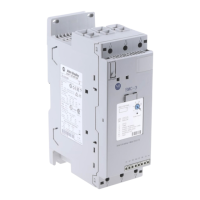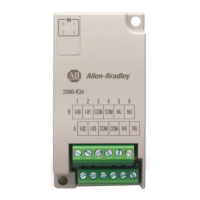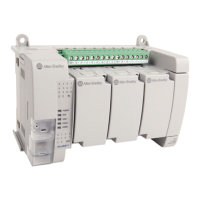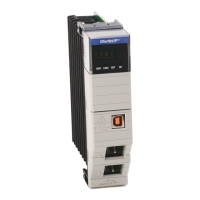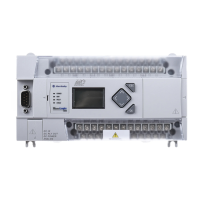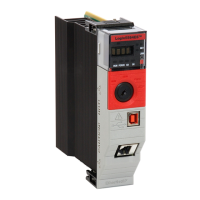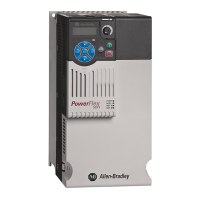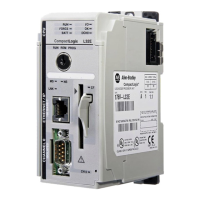Rockwell Automation Publication ICSTT-RM448M-EN-P - February 2021 125
Chapter 7
Functional Acceptance Testing
Functional acceptance testing, also known as factory acceptance testing or
integration testing, tests the controller and its application software to make
sure that it satisfies the requirements specified in the requirements for the
integrated system. If the controller is applied to a safety related application
then the safety requirements are also tested.
Devising tests for
Functional Acceptance
The tests performed during functional acceptance testing must include the
following:
• Performance tests, including timing, reliability and availability,
integrity, and safety requirements and constraints.
• Interface testing.
Write down the test cases and define the pass criteria for every test. Make sure
that the test cases allow for the associated systems and their interfaces which
the system needs to communicate with.
If a requirement cannot be physically demonstrated, devise a written analysis
to show how the system achieves the requirement.
The AADvance
® controller has been tested to the limits given in its module
specifications. If appropriate, do the following:
• Environmental tests, including electromagnetic compatibility, life- and
stress-testing.
• Testing in degraded modes and fault modes.
•Exception testing.
Test Environment for
Functional Acceptance
It is recommended that the testing is done in a factory environment, before
installing and commissioning at the plant.
Managing Functional
Acceptance Testing
Define the person or authority which will be responsible for doing each test
and also the person or authority (such as the customer or their representative)
who will witness each test.
Testing must be done on a known version of the controller. Record the type,
serial number and physical location of each module so that the system can be
dismantled, shipped and built with the modules in the same locations.
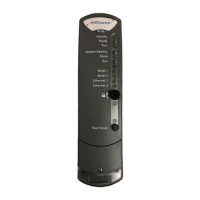
